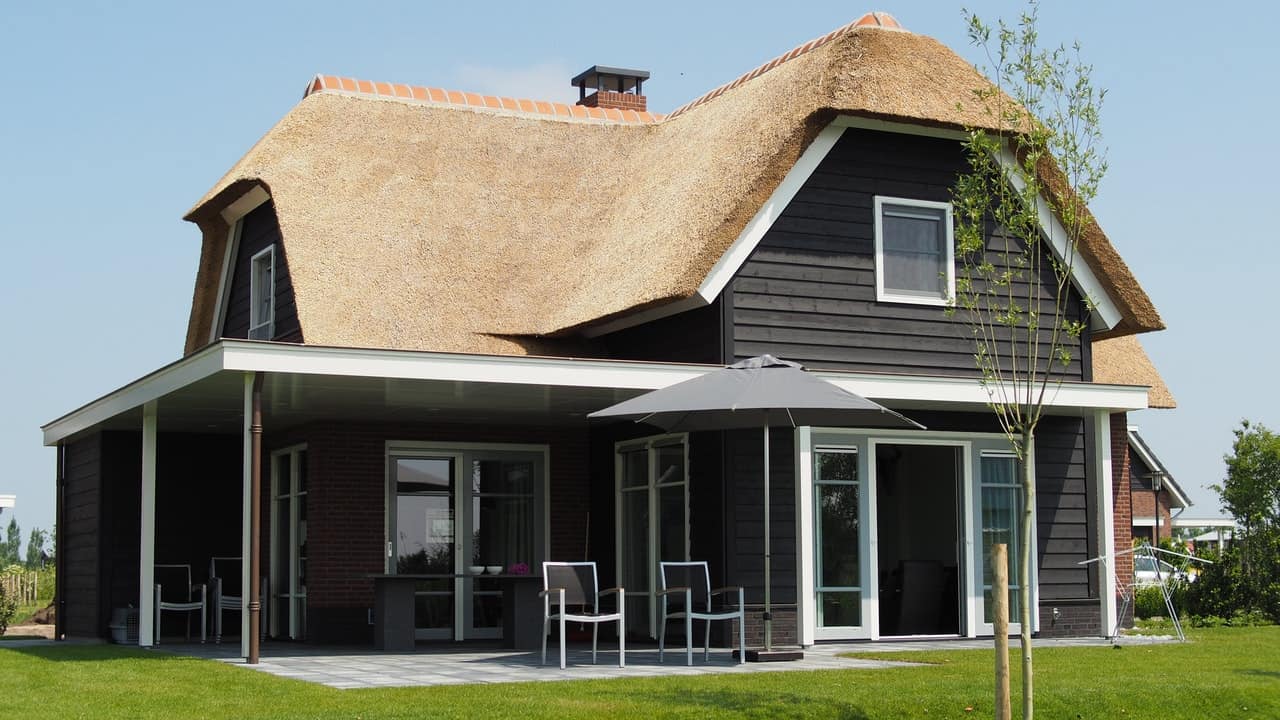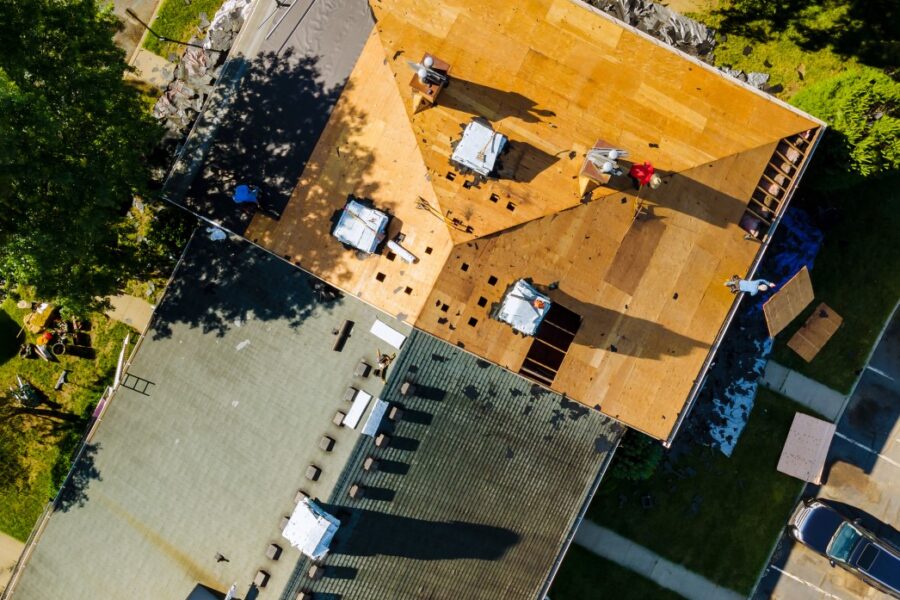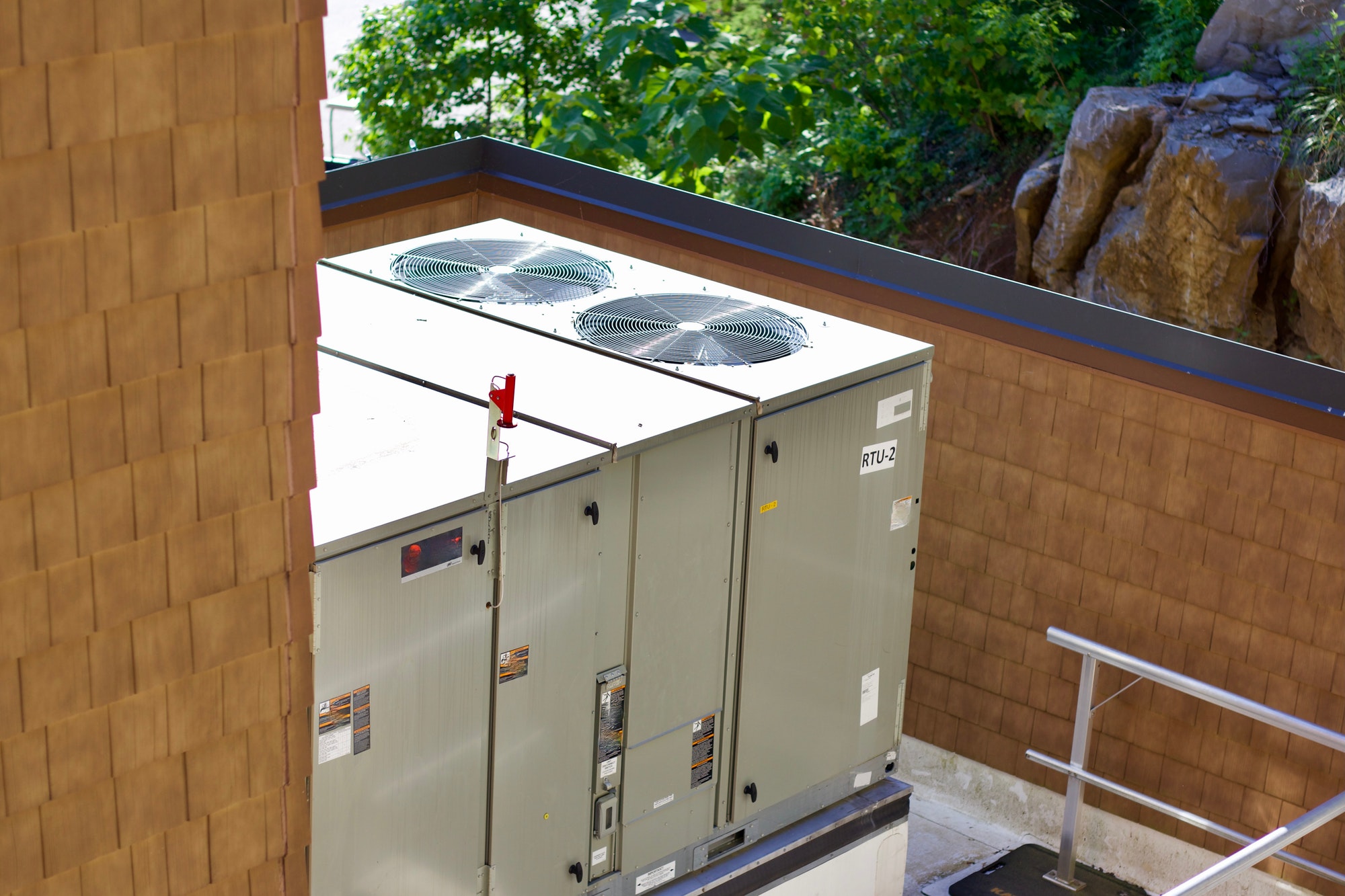Residential roofs are designed to last. With proper installation and maintenance, most asphalt shingle roofs will last around 20 years. Wooden shakes typically only need to be replaced every 30 years, while metal roofing can last between 40 and 80 years depending on the climate. Clay tiles are considered one of the most durable roofing materials and can last a century or more.
That doesn’t mean homeowners who recently replaced their roofs are completely home free, though. They still need to keep an eye out for signs of trouble to avoid premature roof failures. Since most residential property owners don’t know much about roofing, the first step they should take is to educate themselves about common roofing problems and how they can be prevented or addressed. Read on to find out about four of the most common reasons for roof failures to get started.
Poor Workmanship
Poor workmanship is one of the leading causes of premature roof failures. There’s a reason this problem is so common. Many homeowners faced with the prospect of replacing an aging or damaged roof are overwhelmed with the costs associated with hiring professional roofers, turning instead to unlicensed or inexperienced independent contractors.
That’s always a mistake. Inexperienced roofers don’t know what steps to take to prevent water penetration and premature wear, and they’re less likely to perform thorough inspections of homes’ roof decks to determine the extent of the damage. A damaged roof deck can still cause roof failure even after the shingles, tiles, or shakes have been replaced.
Homeowners who choose to work with unlicensed or inexperienced roofers in an effort to save money are also more likely to be taken in by the supposed savings offered by cheaper roofing materials. While it’s true that poorly manufactured roofing shingles and materials offer short-term savings, those savings evaporate within years as low-quality shingles begin to degrade.
The best thing for homeowners already facing serious roof degradation can do is to visit parsonsroof.com to get in touch with a well-respected roofing company. That way, they can rest assured their new roofs will feature high-quality materials that will withstand the test of time and will be installed correctly.
Poor Design
Even a professionally installed roof won’t hold up well to daily wear and tear if it’s poorly designed. One common example can be seen in the roof’s pitch. If the slope is not steep enough to shed snow and water, it will lead to pooling. Roofs that exhibit problems with pooling water will sag beneath the weight and eventually collapse.
A second common problem occurs when a lack of ventilation beneath the roof deck causes moisture to build up. As the air gets trapped and moisture builds, mold growth starts to form. Eventually, the mold growth will damage or weaken the roof deck, making the entire roof prone to failure.
Finally, even a roof with a sufficiently steep slope and plenty of ventilation beneath the deck can wind up sustaining damage and eventually failing if the roof’s gutter system isn’t large enough to accommodate runoff. Slow-draining gutters often overflow during periods of heavy rain or snowmelt, which forces the water up under the shingles or tiles. Eventually, the water damage will spread to the roof deck and leaks will develop.
Foot Traffic on the Roof
Most consumers associate frequent foot traffic with commercial roofs, but the reality is that foot traffic can actually be more damaging to pitched, shingled residential roofs than flat roofs. Roof maintenance, repairs, and cleaning all require homeowners or contractors to walk out on the roof. Many homeowners also walk on their roofs while hanging holiday decorations, installing satellite dishes, or performing basic inspections.
Asphalt shingles aren’t designed to withstand foot traffic. Experienced roofers know where to walk and how to navigate residential roofs safely without causing damage, but most homeowners and other contractors don’t follow the same rules.
Just walking on shingles or tiles can loosen or break them. This allows water to infiltrate between shingles and, in extreme cases, exposes the roof deck or underlayment directly to the rain and snow. In a perfect world, it would be possible to maintain roofs, hang decorations, and install equipment without ever walking out onto shingles or tiles, but that’s just not the case, so this common cause of roof failure is difficult to avoid.
Trapped Moisture
There are many underlying problems that lead to trapped moisture. They include poor ventilation, described above, but they don’t stop there. Rodent or insect damage can allow water to infiltrate a roof’s underlayment or sheathing as can damaged shingles. In some cases, moisture can even become trapped beneath a roof’s shingles or tiles during installation, leading to water damage.
The problem isn’t just water infiltration and subsequent mold growth. When moisture heats up after the roof is exposed to the sun it heats up and looks for places to escape as water vapor. The expanding vapor often damages roofing materials when it is unable to escape, causing lifting, bubbling, or blistering.
The worst thing about trapped moisture is that it creates a feedback loop. As the existing moisture causes damage to the roof, that allows more water to penetrate. The eventual result will be water damage inside the home and substantial damage to the roof’s underlayment, typically leading to the need for replacement.
The Bottom Line
Concerned that a home’s roof may be facing imminent failure? It’s always better to take action as soon as possible. The first step is to schedule an appointment for an inspection with a qualified roofer.
During the inspection, the roofer will be able to evaluate the extent of the damage to determine whether it will be more cost-efficient to repair it or to replace the roof. In some cases, it may be possible to take preventative measures against roof failure while, in others, replacing the roof may be the best way to go. Either way, homeowners who hire professional roofing companies will have access to contractors with the experience, expertise, and equipment required to resolve the problem.
Discover more from Futurist Architecture
Subscribe to get the latest posts sent to your email.



